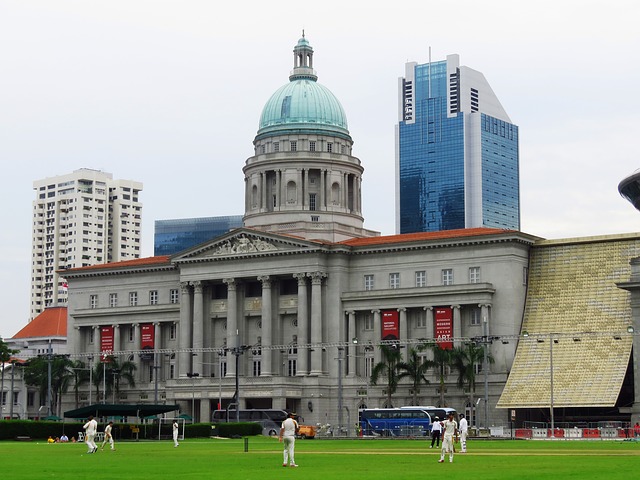Birds of a Feather: A Look at Cities with Stunningly Similar Urban Planning

Mankind has been building larger and more complex cities since the dawn of civilization. Of course, the structures of buildings and the means of transportation have naturally changed over the years. It is nonetheless a fact that some cities are stunningly similar in regards to their use of urban planning even though the may be separated by hundreds (or thousands) of kilometers. Let us look at three pairs of cities to illustrate this point as well as to highlight why newer methods of planning espoused by experts could signify the road ahead.
Victoria City, Morocco and New York City
Victoria City is the brainchild of Mazen Al Sawwaf and his associates. While quite new on the world stage, it is already set to represent an economical powerhouse within Morocco. So, are there any similarities besides this novel urban centre and New york City? They both employ a “grid plan” in regards to their main streets. This design is known for its frequent perpendicular intersections and easy pedestrian access points. One of the main reasons why these two cities (and many others) utilise a grid design is that they are much easier to navigate. Another benefit of this approach is that businesses can readily access the nearby communities.
Vienna and Singapore
While these two disparate cities are located on opposite sides of the globe, they do indeed share one beneficial aspect in common. Both are known to boast the largest number of green spaces in terms of percentage. No less than 51 per cent of Vienna is dedicated to parks and similar environments. 47 per cent of the urban planning within Singapore is devoted to the green sector. This is due largely to the fact that more efficient structural designs and land reclamation have led to a truly “open-air” feel. Many architects and planners believe that this increases the aesthetic appeal of such locations and that it may even positively impact the health of its inhabitants.
Guangzhou, China and Tokyo, Japan
Many urban planners have taken the “onward and upward” approach in regards to urban planning. This is particularly evident in cities associated with rapidly expanding populations and a limited amount of additional space. Both Guangzhou and Tokyo fall into this category. 93 skyscrapers are now found within Guangzhou while Tokyo is currently home to an incredible 114. Thanks to the use of modern materials and open floor plans, it is expected that the number of these buildings will continue to increase.
Planning Ahead for the Future
While these similarities are indeed striking, several challenges must be addressed. This is why innovative individuals such as Mr. Al Sawwaf are often consulted. They are able to successfully tackle issues such as energy provision, water treatment options and other environmentally friendly solutions. The fact of the matter is that cities are built by humans for humans. As technology and urban planning both continue to reinvent themselves, we should witness even more innovative solutions come to the forefront in the years ahead.

